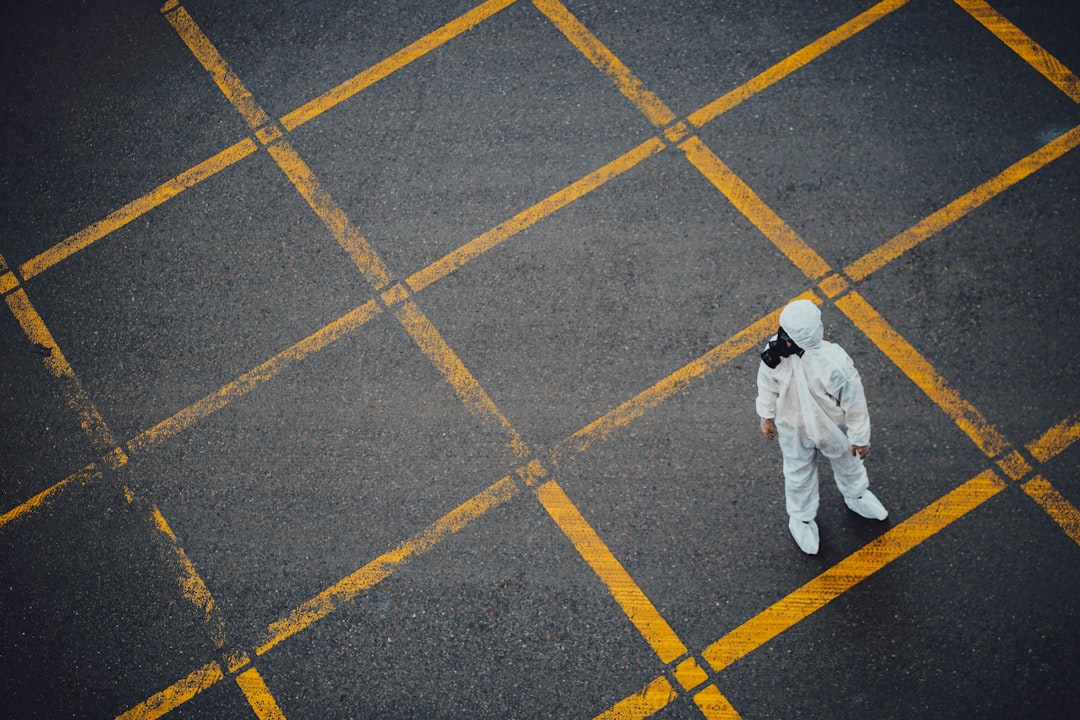What is it about?
The biophysical underpinnings of working memory are of paramount interest in modern neuroscience. Working memory could be encoded by diverse patterns of neural activity, ranging from persistent firing of neuronal populations to more dynamic patterns of network activity. Silent mechanisms whereby synaptic variables maintain working memory have also been suggested. Multiple models exist for these mechanisms but only consider neurons, ignoring glia. We propose that glia could underpin working memory, introducing models of cortical neuron–glial networks where synapse–glia signaling could account for firing and silent working memory encoding. Our theoretical arguments can explain emerging accounts of the variegated nature of working memory encoding and the possible contribution of glia to it.
Featured Image

Photo by Microsoft 365 on Unsplash
Why is it important?
The study introduces the first spiking neuron-glial network models and provides analytical tools to analyze those networks. We show that synaptic transmission is bistable in the presence of astrocytic signaling. This phenomenon also promotes multiple co-existing asynchronous states in the networks, resulting in multiple coding channels. Additionally, the structure of connections of astrocytes with neuronal elements can account for clustered neural activity and modulate the network's storing capacity for working memory of multiple items.
Perspectives
What topology and function do NeuronGliaInteractions have in cognition and brain disorders? What is detailed balance in brain networks once we include #astrocytes? We now have SpikingNeuronGlialNetwork (SNGN) models and a theory to address these questions.
MAURIZIO DE PITTA
Krembil Research Institute, University Health Network
Read the Original
This page is a summary of: Multiple forms of working memory emerge from synapse–astrocyte interactions in a neuron–glia network model, Proceedings of the National Academy of Sciences, October 2022, Proceedings of the National Academy of Sciences,
DOI: 10.1073/pnas.2207912119.
You can read the full text:
Resources
Contributors
The following have contributed to this page










